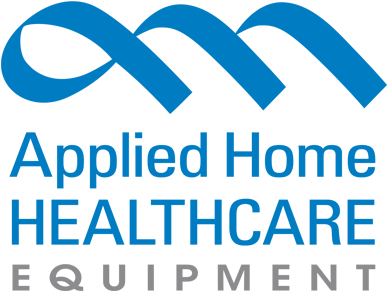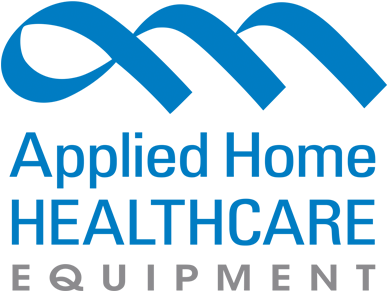PRODUCT CATEGORIES
CLASSES/REGISTRATION
WHAT'S YOUR ROLE?
Are You Meeting Pre-Fill Requirements?
When filling medical oxygen cylinders it is critically important now more than ever to perform pre-fill odor testing as part of the required nine (9) pre-fill checks. We wanted clarify and stress the importance of the absolute safety and regulatory requirement of pre-fill odor testing every medical oxygen and air cylinder prior to filling.
The latest USP 99 monograph dropped the requirement for post filling odor testing, however we strongly recommend continuing to perform the post odor testing as well. Please review the pre-fill steps below and ensure you are following this cGMP requirement.
Pre-Fill Inspection
- Verify hydrostatic test date is current
- Aluminum cylinders must be within 5 years
- Steel cylinders must be within 10 years if star is present
- Verify correct cylinder color
- In United States oxygen color is green
- In Canada and many other countries oxygen color is white
- Perform hammer test on steel cylinder only. Aluminum cylinders are exempt.
- Strike outside of cylinder with a hammer and listen for ringing or bell sound
- Perform visual inspection of the cylinder body
- Ensure no external damage or any type of residue on the cylinder
- Perform visual inspection of the cylinder valve
- Ensure no external damage or any type of residue on the valve
- Perform a label examination
- Ensure a product label exists and that it is not damaged
- If damaged or unreadable then replace the label
- Venting the cylinder
- Using safe handling practices empty the cylinder of any residual gas pressure
- Odor testing the cylinder
- While the cylinder is venting and using safe handling practices smell the residual gas being vented. Oxygen has no odor. Any odor indicates a contaminate.
- If there is no pressure in the cylinder, introduce Nitrogen NF into the cylinder in order to perform the odor test. Nitrogen NF has no odor.
- Vacuuming the cylinder
- Cylinders must be vacuumed to 25 inches Hg on a vacuum gauge or the equivalent value based on elevation.
These inspections must be completed prior to filling the cylinders with oxygen. Failure to perform any or all of the inspections may result in a hazardous situation for the employee filling the gas and/or the patient using the gas.
Questions? Email info@applied-inc.com.
You Might Also Like
Subscribe to our Newsletter
Get the latest regulatory info, accreditation news and exclusive discounts!
 View Cart []
View Cart []
